Special report: Lessons from other fields
Featured articles
Getting at the heart of autism
Cardiac activity could reveal autism's physiology and confirm a hunch many clinicians share: that people with autism experience great stress.
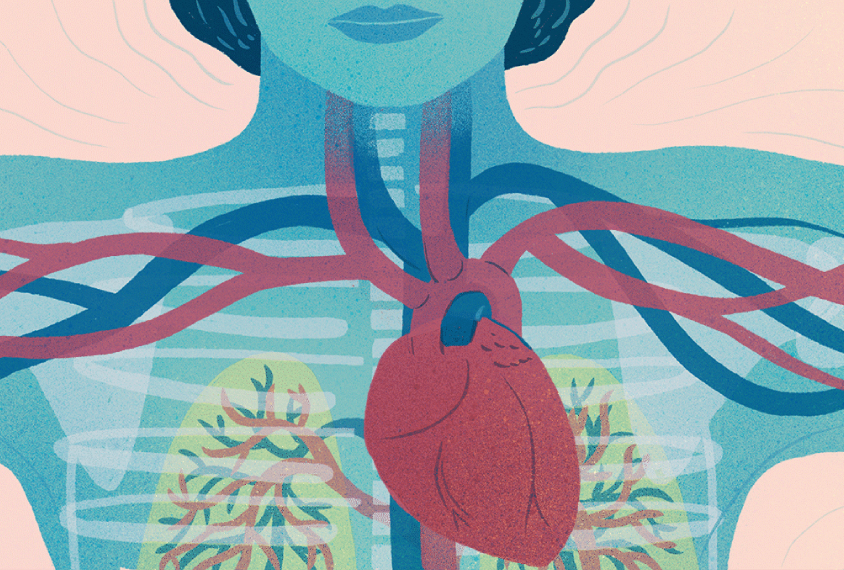
Getting at the heart of autism
Cardiac activity could reveal autism's physiology and confirm a hunch many clinicians share: that people with autism experience great stress.
The deep emotional ties between depression and autism
Autistic people are four times as likely to experience depression over the course of their lives as their neurotypical peers. Yet researchers know little about why, or how best to help.
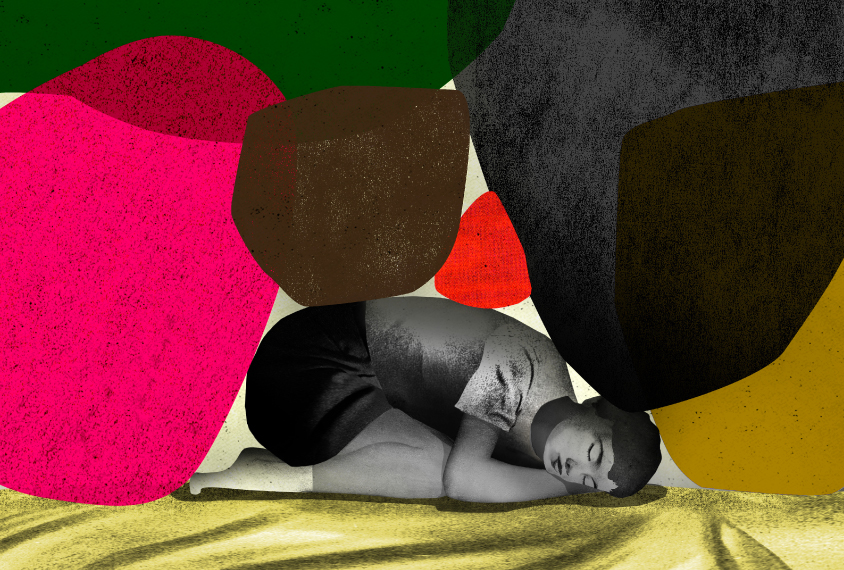
The deep emotional ties between depression and autism
Autistic people are four times as likely to experience depression over the course of their lives as their neurotypical peers. Yet researchers know little about why, or how best to help.
The link between epilepsy and autism, explained
Autism and epileptic seizures often go hand in hand. What explains the overlap, and what does it reveal about autism’s origins?
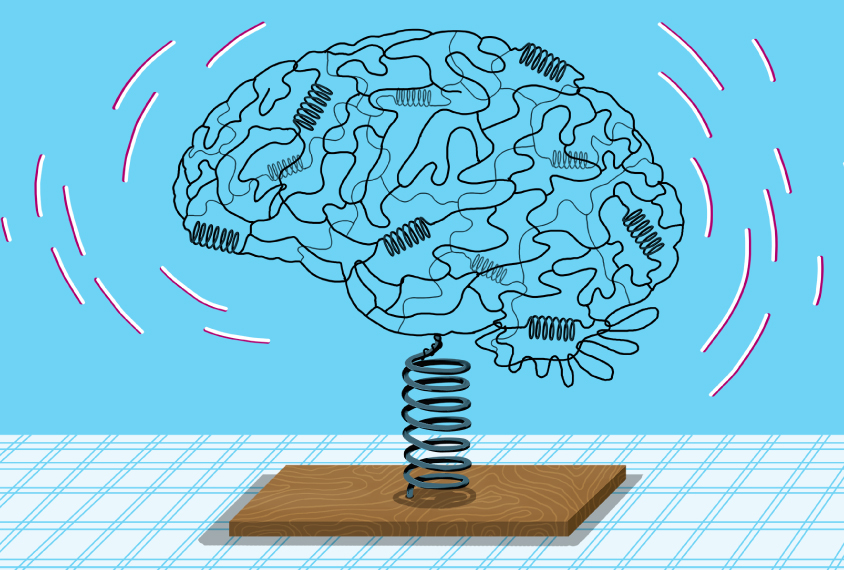
The link between epilepsy and autism, explained
Autism and epileptic seizures often go hand in hand. What explains the overlap, and what does it reveal about autism’s origins?
Rett syndrome’s link to autism, explained
Studies of Rett syndrome hint at genes, cells and brain circuits that may be involved in autism — and may pave the way to treatments for both conditions.
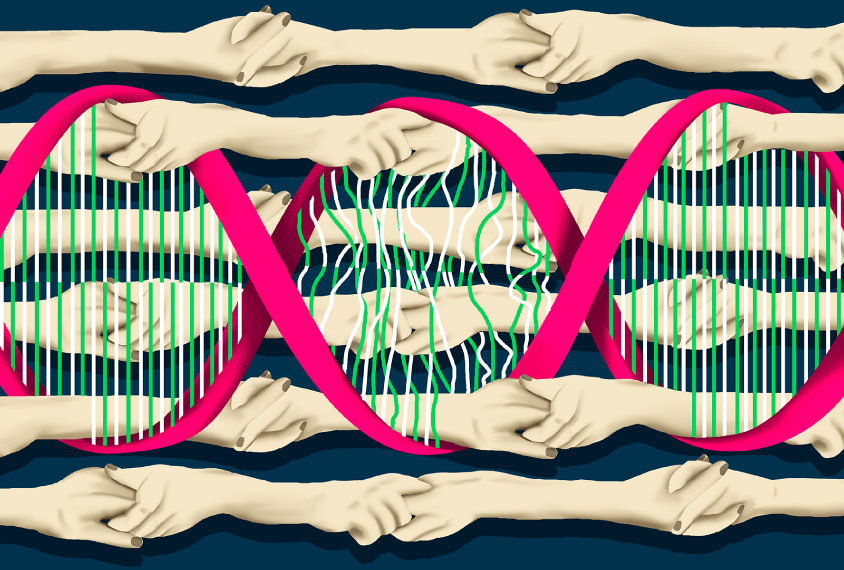
Rett syndrome’s link to autism, explained
Studies of Rett syndrome hint at genes, cells and brain circuits that may be involved in autism — and may pave the way to treatments for both conditions.
What two rare ‘social’ syndromes reveal about autism
Studying Smith-Magenis and Potocki-Lupski syndromes — two single-gene conditions in which people have trouble reading social cues — may boost our understanding of autism.
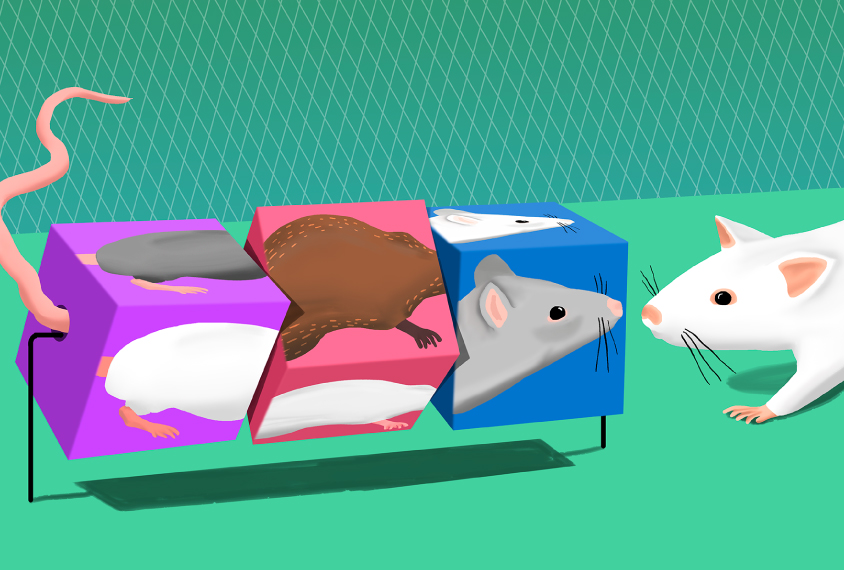
What two rare ‘social’ syndromes reveal about autism
Studying Smith-Magenis and Potocki-Lupski syndromes — two single-gene conditions in which people have trouble reading social cues — may boost our understanding of autism.
What Ehlers-Danlos syndrome can teach us about autism
Not much is known about the connection between autism and Ehlers-Danlos syndrome, a condition that affects collagen. But preliminary work provides tantalizing clues.
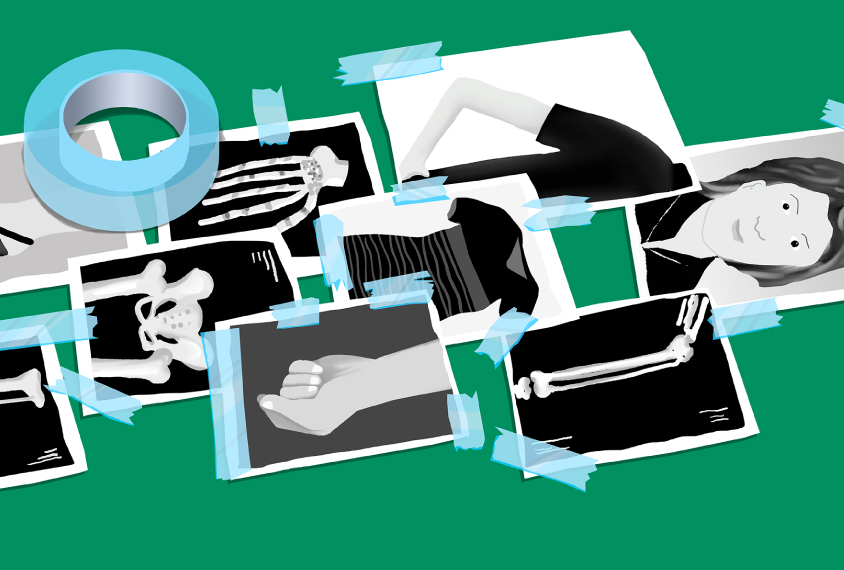
What Ehlers-Danlos syndrome can teach us about autism
Not much is known about the connection between autism and Ehlers-Danlos syndrome, a condition that affects collagen. But preliminary work provides tantalizing clues.
Angelman syndrome’s silent gene points way forward for autism therapies
Advances in research and help from families have brought scientists to the brink of an effective therapy for Angelman syndrome.
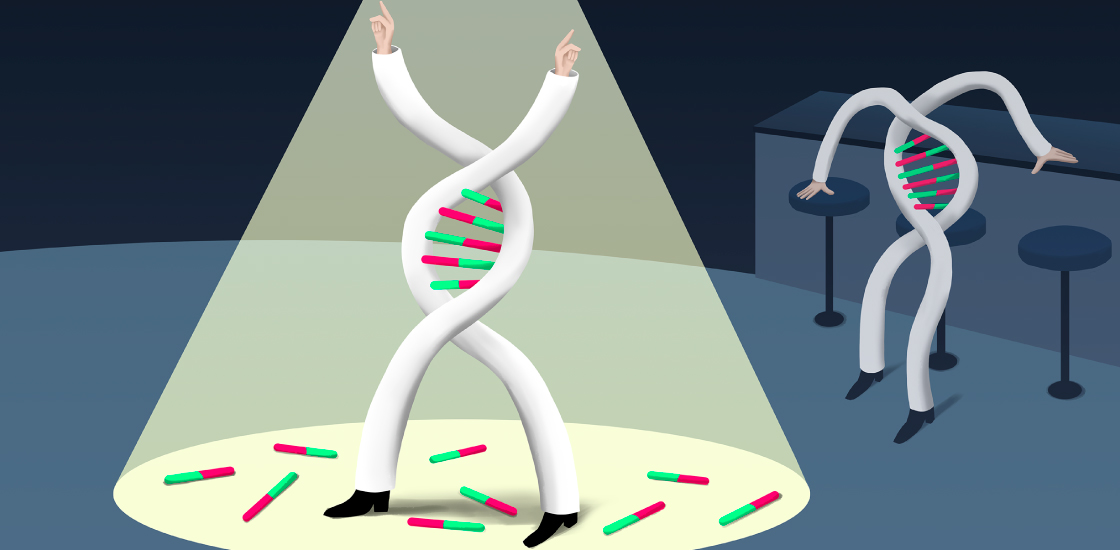
Angelman syndrome’s silent gene points way forward for autism therapies
Advances in research and help from families have brought scientists to the brink of an effective therapy for Angelman syndrome.
Studies of tuberous sclerosis may shed light on biology of autism
Tuberous sclerosis provides a unique opportunity to understand autism because about half of people with that single-gene condition also have autism.
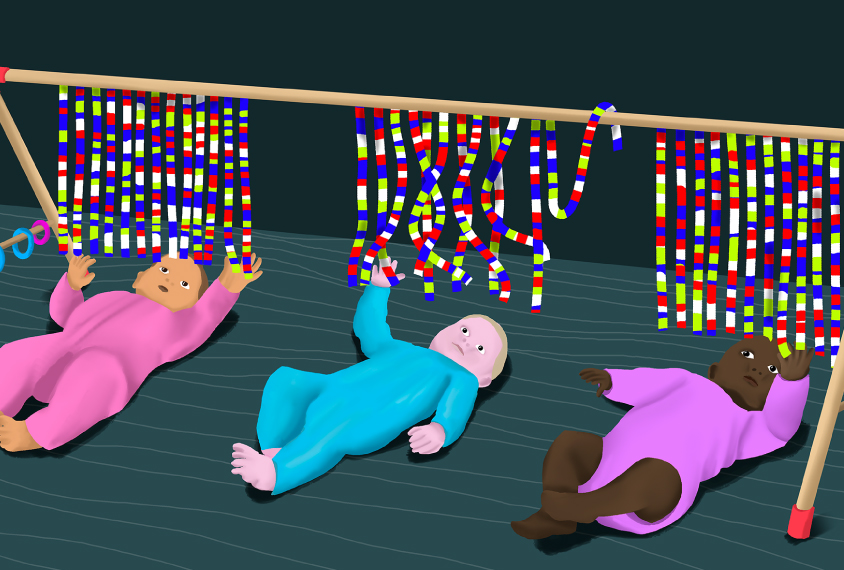
Studies of tuberous sclerosis may shed light on biology of autism
Tuberous sclerosis provides a unique opportunity to understand autism because about half of people with that single-gene condition also have autism.
From the archives
Can preventing seizures alter the course of autism?
Experimental surgeries to prevent seizures may help scientists understand the link between autism and epilepsy.
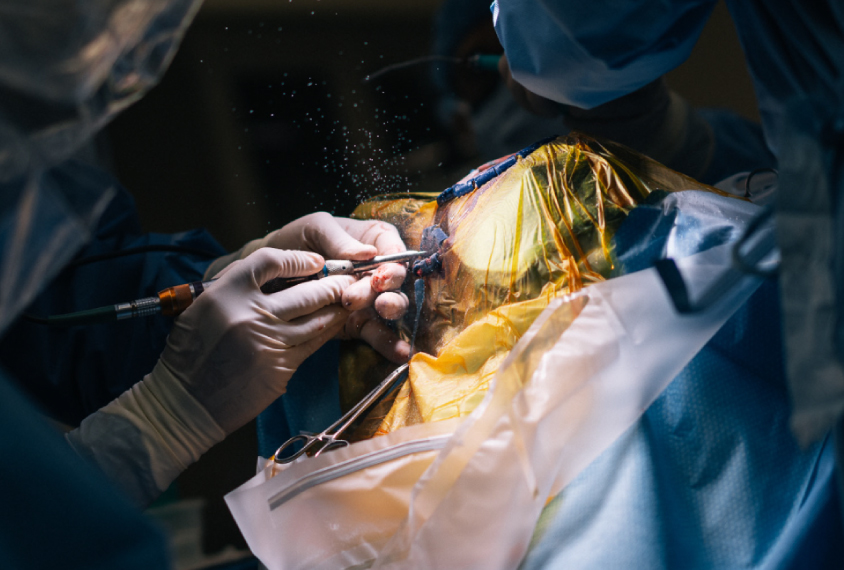
Can preventing seizures alter the course of autism?
Experimental surgeries to prevent seizures may help scientists understand the link between autism and epilepsy.
Unmasking anxiety in autism
Anxiety can assume unusual forms in people with autism — turning uncertainty, or even a striped couch, into a constant worry. New tools may help identify these hidden fears.
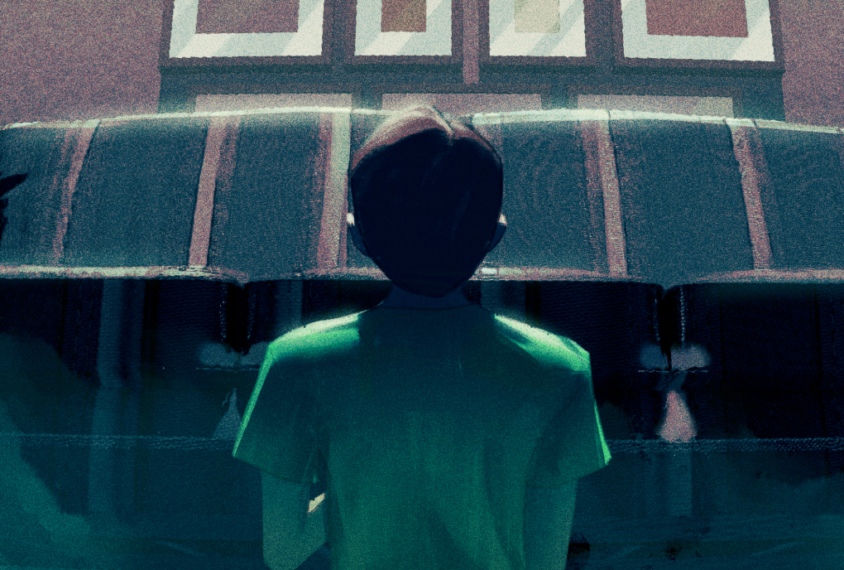
Unmasking anxiety in autism
Anxiety can assume unusual forms in people with autism — turning uncertainty, or even a striped couch, into a constant worry. New tools may help identify these hidden fears.
Decoding the overlap between autism and ADHD
Autism and attention deficit hyperactivity disorder often coincide, but the search for common biological roots has turned up conflicting evidence.
Decoding the overlap between autism and ADHD
Autism and attention deficit hyperactivity disorder often coincide, but the search for common biological roots has turned up conflicting evidence.
Untangling the ties between autism and obsessive-compulsive disorder
Autism and obsessive-compulsive disorder frequently accompany each other; Scientists are studying both to understand how they differ.
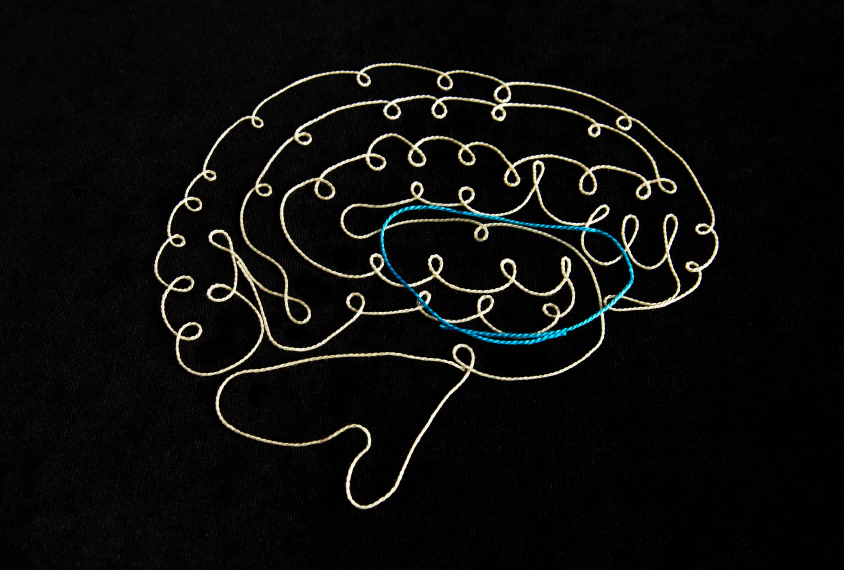
Untangling the ties between autism and obsessive-compulsive disorder
Autism and obsessive-compulsive disorder frequently accompany each other; Scientists are studying both to understand how they differ.
The social ties between autism and schizophrenia
Autism and schizophrenia share a long and tangled history. Comparing the social features of the two conditions could lead to better treatments and a deeper understanding of each.
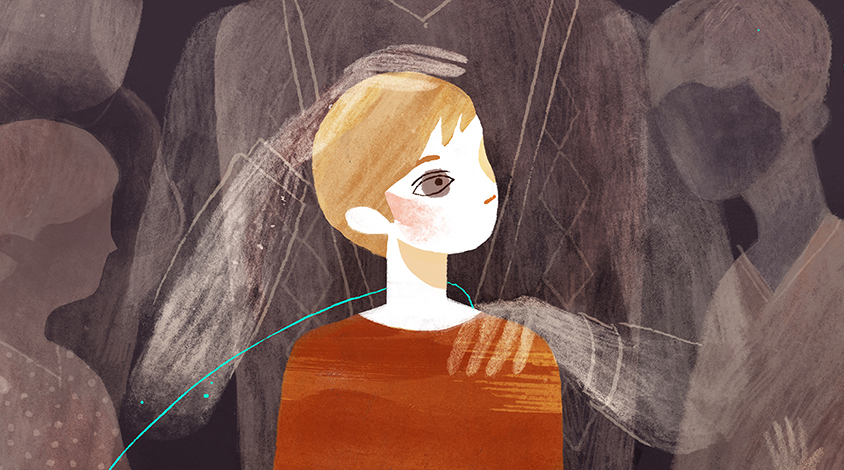
The social ties between autism and schizophrenia
Autism and schizophrenia share a long and tangled history. Comparing the social features of the two conditions could lead to better treatments and a deeper understanding of each.
Single molecule tracks with mutation’s path to autism, cancer
A molecule made by mitochondria, the energy factories of cells, might help doctors forecast the impact of mutations in a top autism gene.
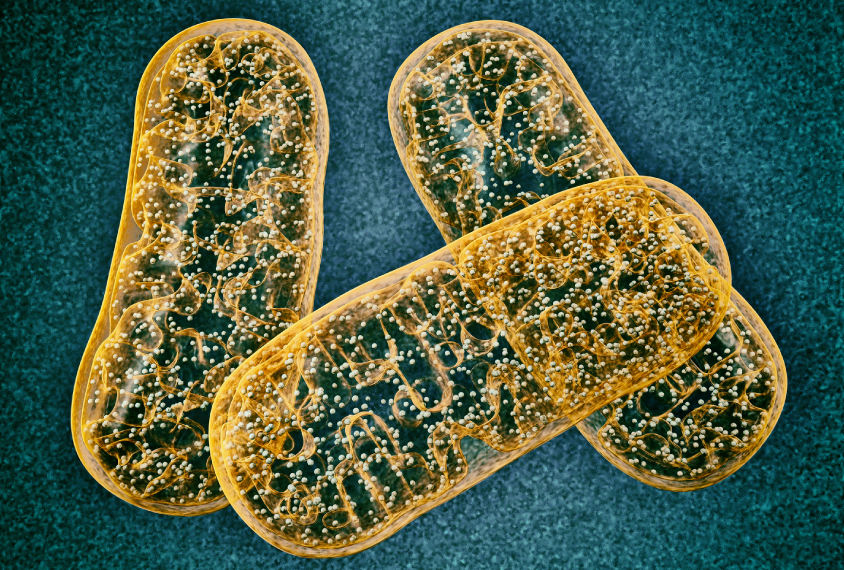
Single molecule tracks with mutation’s path to autism, cancer
A molecule made by mitochondria, the energy factories of cells, might help doctors forecast the impact of mutations in a top autism gene.
Regression in Rett syndrome may inform autism
Studying regression in Rett syndrome may help us understand the phenomenon in autism, as it occurs at the same time in both disorders and includes many of the same features, says Jeffrey Neul.

Regression in Rett syndrome may inform autism
Studying regression in Rett syndrome may help us understand the phenomenon in autism, as it occurs at the same time in both disorders and includes many of the same features, says Jeffrey Neul.
Insights for autism from schizophrenia
Lessons learned from postmortem studies of schizophrenia are applicable to research on autism, a disorder for which brain tissue has not been as well studied, say Allison Curley and David Lewis.
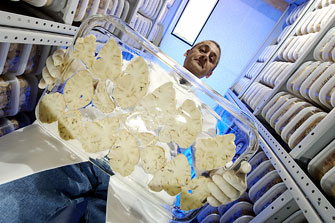
Insights for autism from schizophrenia
Lessons learned from postmortem studies of schizophrenia are applicable to research on autism, a disorder for which brain tissue has not been as well studied, say Allison Curley and David Lewis.
Insights for autism from Charcot-Marie-Tooth disease
Charcot-Marie-Tooth disease and autism are both associated with alterations in the number of copies of certain genetic regions, mutations in multiple candidate genes and with both inherited and spontaneous mutations, notes human geneticist James Lupski.
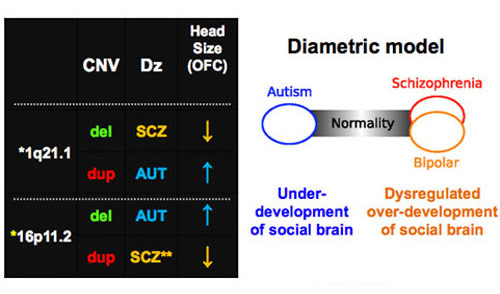
Insights for autism from Charcot-Marie-Tooth disease
Charcot-Marie-Tooth disease and autism are both associated with alterations in the number of copies of certain genetic regions, mutations in multiple candidate genes and with both inherited and spontaneous mutations, notes human geneticist James Lupski.
Insights for autism from attention deficit hyperactivity disorder
Autism and attention deficit hyperactivity disorder show genetic and neurobiological overlap, which may provide clues to the origin of both disorders, says Joel Nigg.
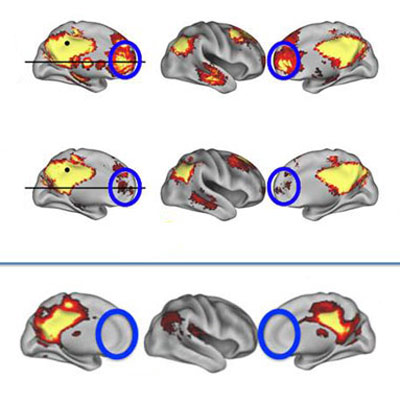
Insights for autism from attention deficit hyperactivity disorder
Autism and attention deficit hyperactivity disorder show genetic and neurobiological overlap, which may provide clues to the origin of both disorders, says Joel Nigg.
Explore more from The Transmitter
New connectomes fly beyond the brain
Researchers are mapping the neurons in Drosophila’s ventral nerve cord, where the central nervous system meets the rest of the body.

New connectomes fly beyond the brain
Researchers are mapping the neurons in Drosophila’s ventral nerve cord, where the central nervous system meets the rest of the body.
Building an autism research registry: Q&A with Tony Charman
A purpose-built database of participants who have shared genomic and behavioral data could give clinical trials a boost, Charman says.

Building an autism research registry: Q&A with Tony Charman
A purpose-built database of participants who have shared genomic and behavioral data could give clinical trials a boost, Charman says.
Cerebellar circuit may convert expected pain relief into real thing
The newly identified circuit taps into the brain’s opioid system to provide a top-down form of pain relief.

Cerebellar circuit may convert expected pain relief into real thing
The newly identified circuit taps into the brain’s opioid system to provide a top-down form of pain relief.